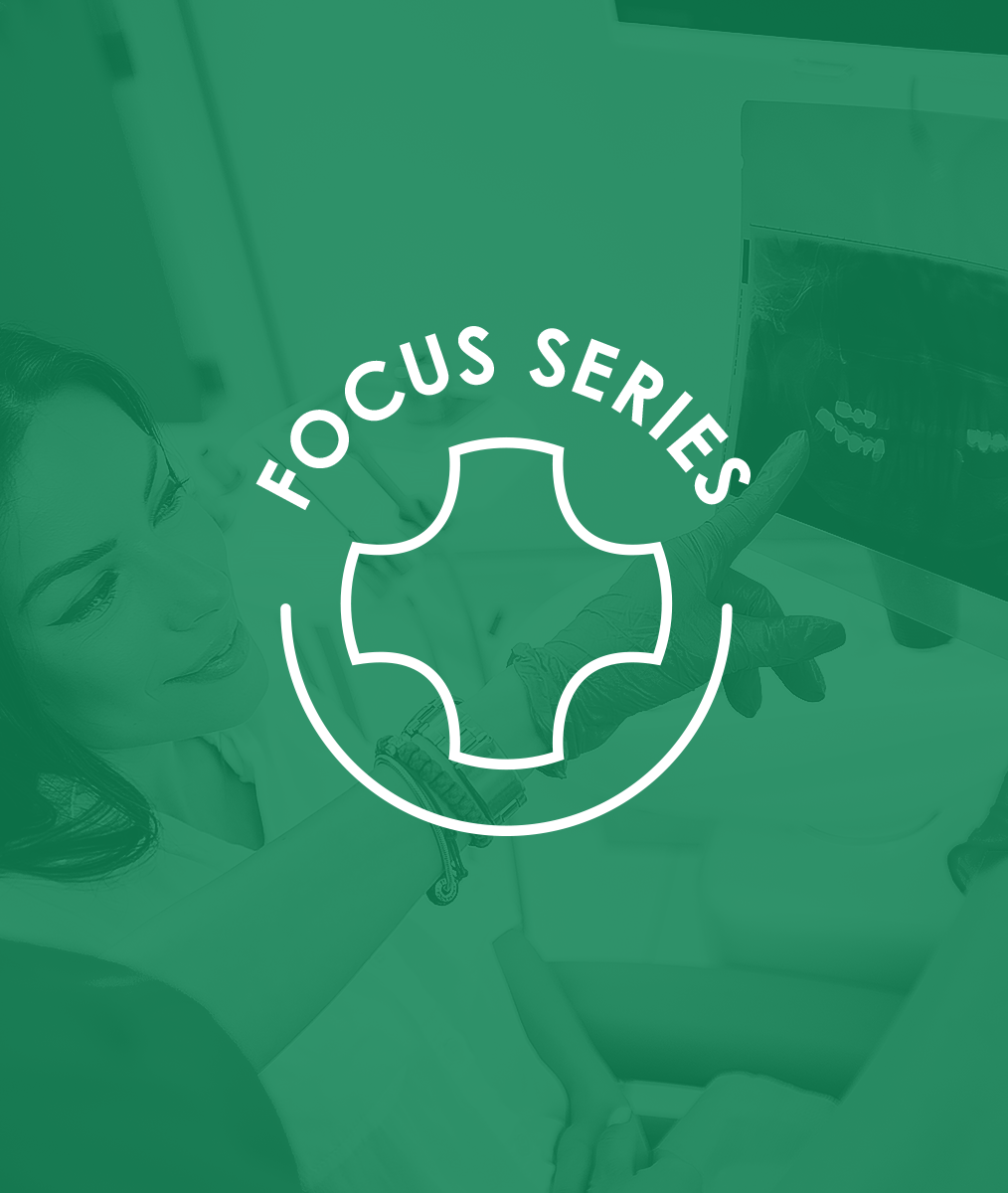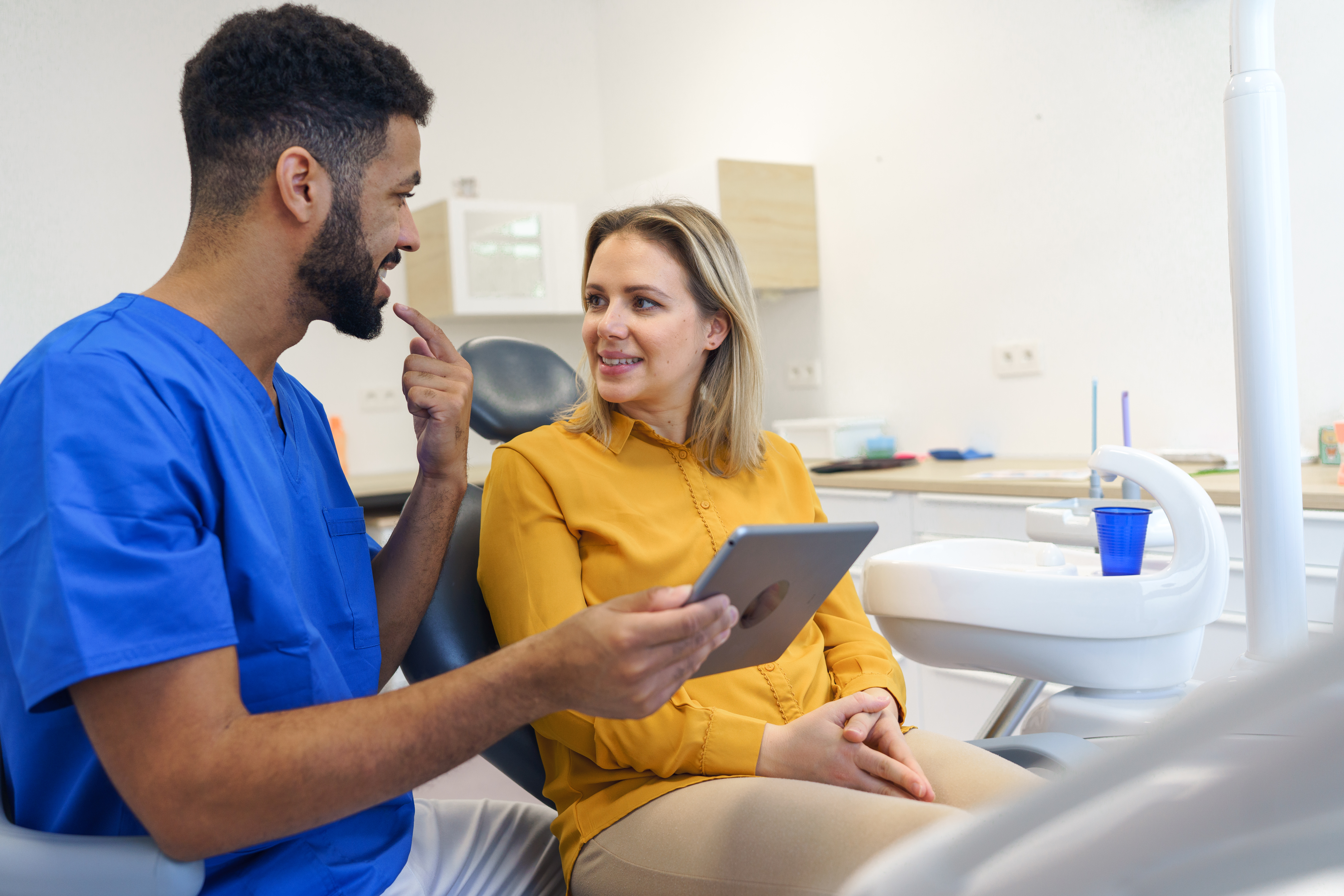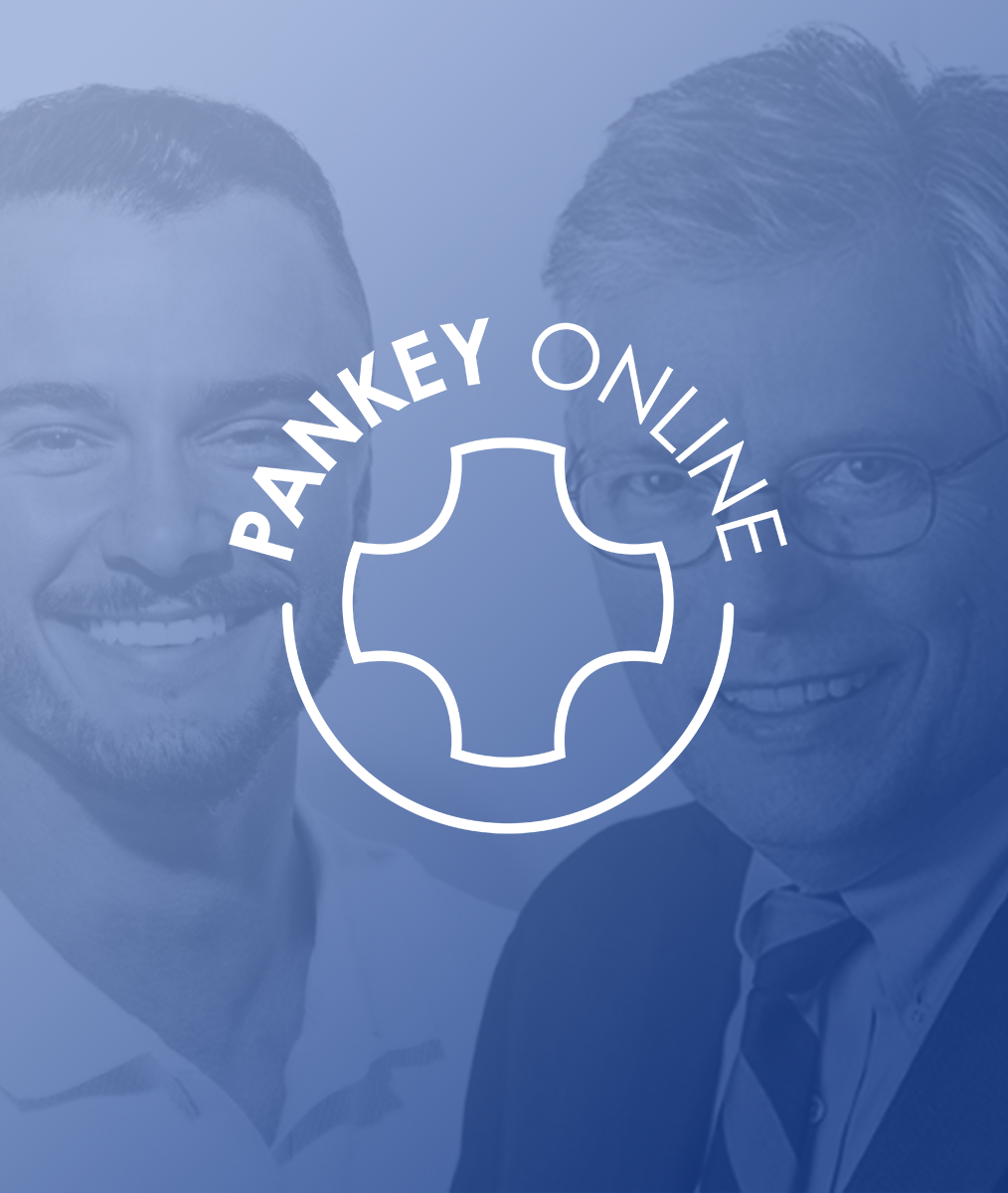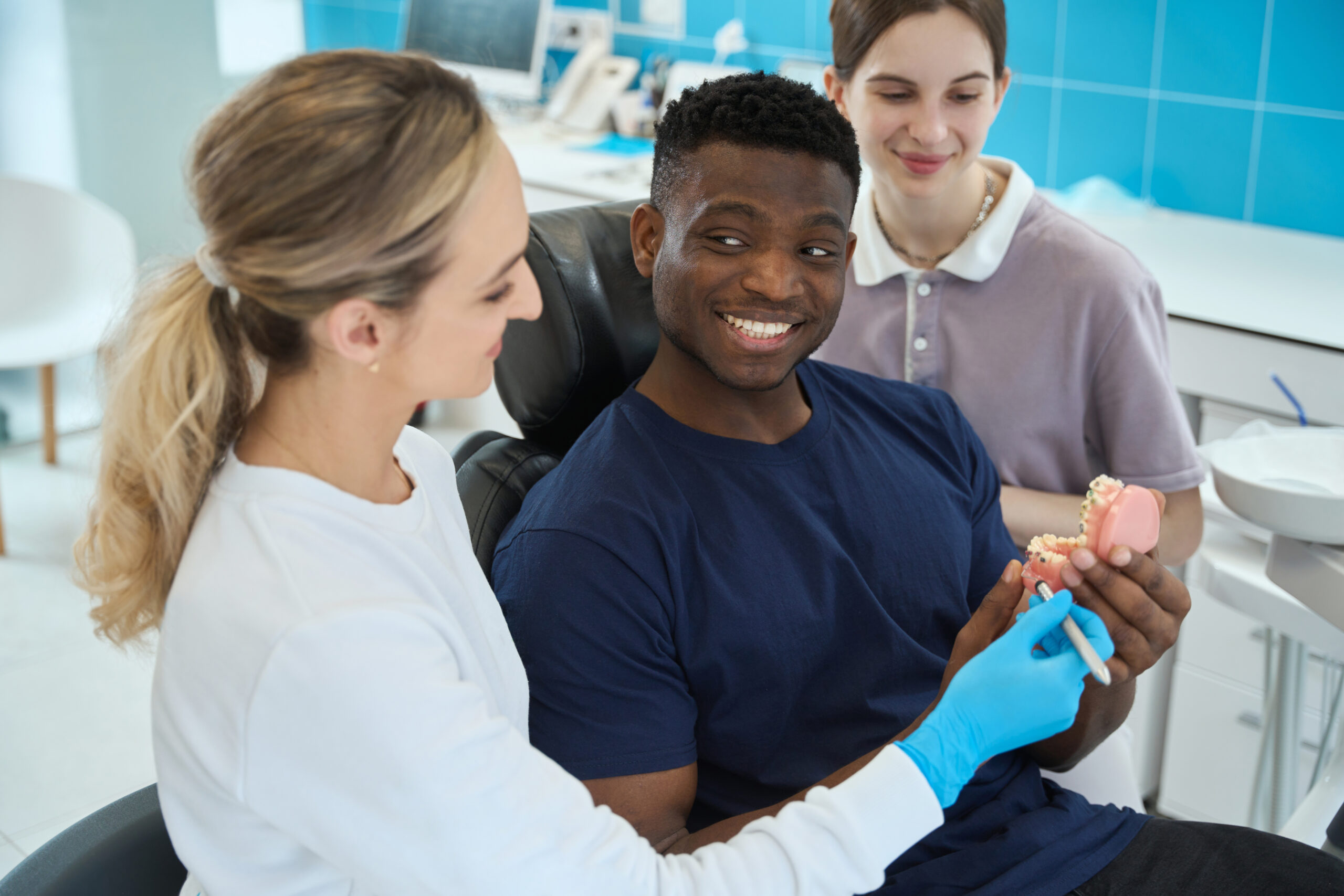Advancing Your Clinical Team’s Skills
By John C. Cranham, DDS
Every dentist finds it challenging to take time to train their team members.
Here are a couple of examples of how I’ve added time to my own day by advancing my team’s skills:
I fired myself as the practice photographer. My goal was to have multiple people in my office who know our intraoral and extraoral image protocols and who can take the photos at the same high level of quality. To do this, I built “training time” in our schedule to teach photography. Now, while the patient is in the chair, I have the “photographer” show me the photos. We look at them quickly. Occasionally there is one that needs to be retaken, and I will explain why. The quality has become consistently high. By having multiple photographers in the office, my primary dental assistant can focus on something else when needed. When I am working up a case, I often show them why I needed a specific photo. They take interest in their part of the process and the case. Engagement in their work rises. Always clearly share the why.
I’ve also trained my team on how to fabricate deprogrammers. I’ve trained them all, checked their work, and explained the why behind our standard. We now have four people who can do that, too. This means we have a good product we offer patients and get it out in a timely manner when my primary assistant is busy. When it comes to training your team, you will set a standard, and your team needs to know you are serious about it, but you can do this without being stern or making them feel bad. For example, in my office, if they take a bad photo or make an unacceptable deprogrammer, I explain why and ask them to retake the photo or remake the deprogrammer. As they redo something, they learn from their mistakes. I am patient with them. I tell them I made the same mistakes while I was learning.
Related Course
Compromise to Co-Discovery: A Treatment Planning Journey
DATE: October 21 2025 @ 8:00 am - October 23 2025 @ 1:00 pmLocation: Online
CE HOURS: 21
Regular Tuition: $ 2995
Single Occupancy with Ensuite Private Bath (per night): $ 345
The Balance of Communication, Case Planning & Occlusion Dr. Melkers always brings a unique perspective to his workshops and challenges us to the way we think. At Compromise to Co-Discovery,…
Learn More>














